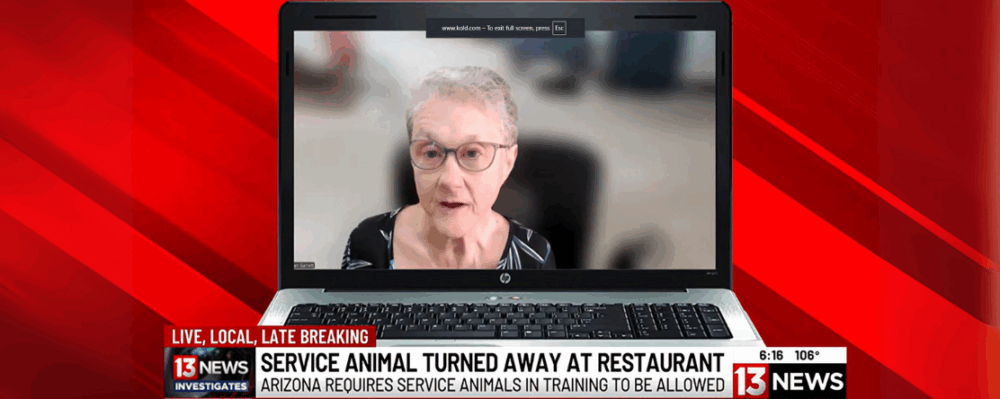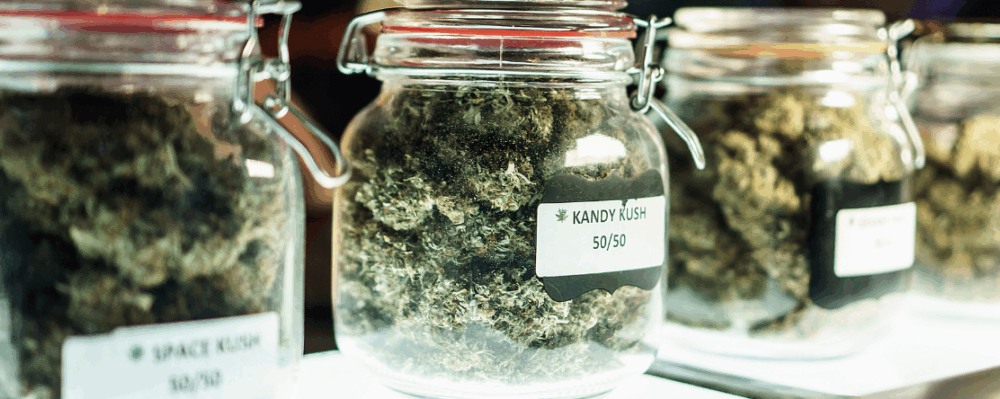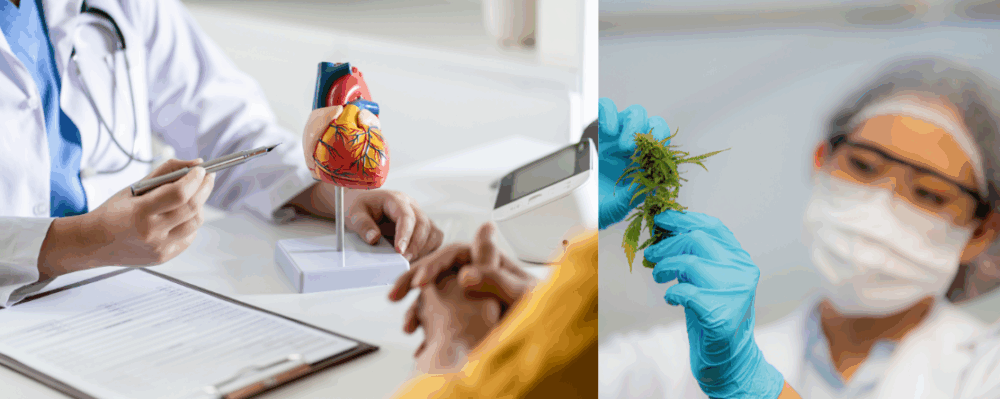
In the News
The Case for Raising the Alcohol Tax
-
Focus Areas
Alcohol, Tobacco, Drugs & Mental Health -
Issues
Alcohol -
Programs
Alcohol Research Group
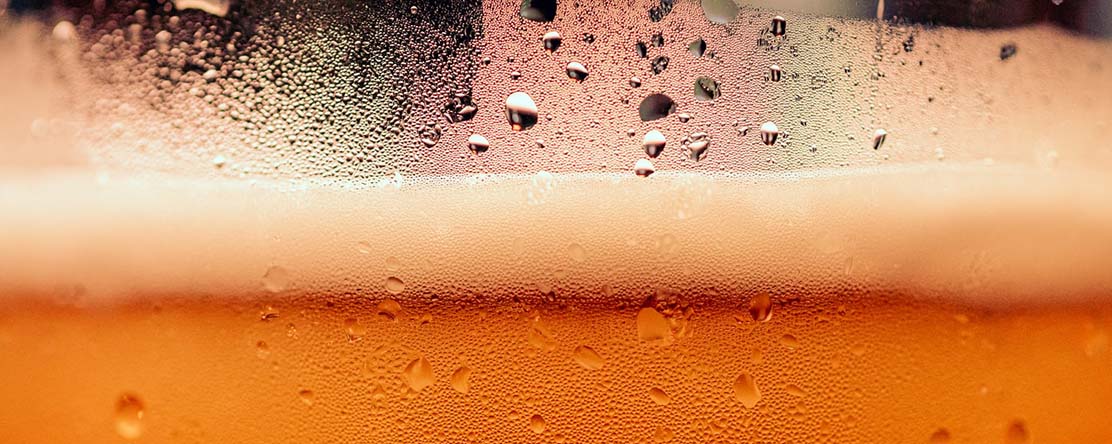
A higher alcohol tax would save lives, prevent crime, and mostly affect excessive drinkers.
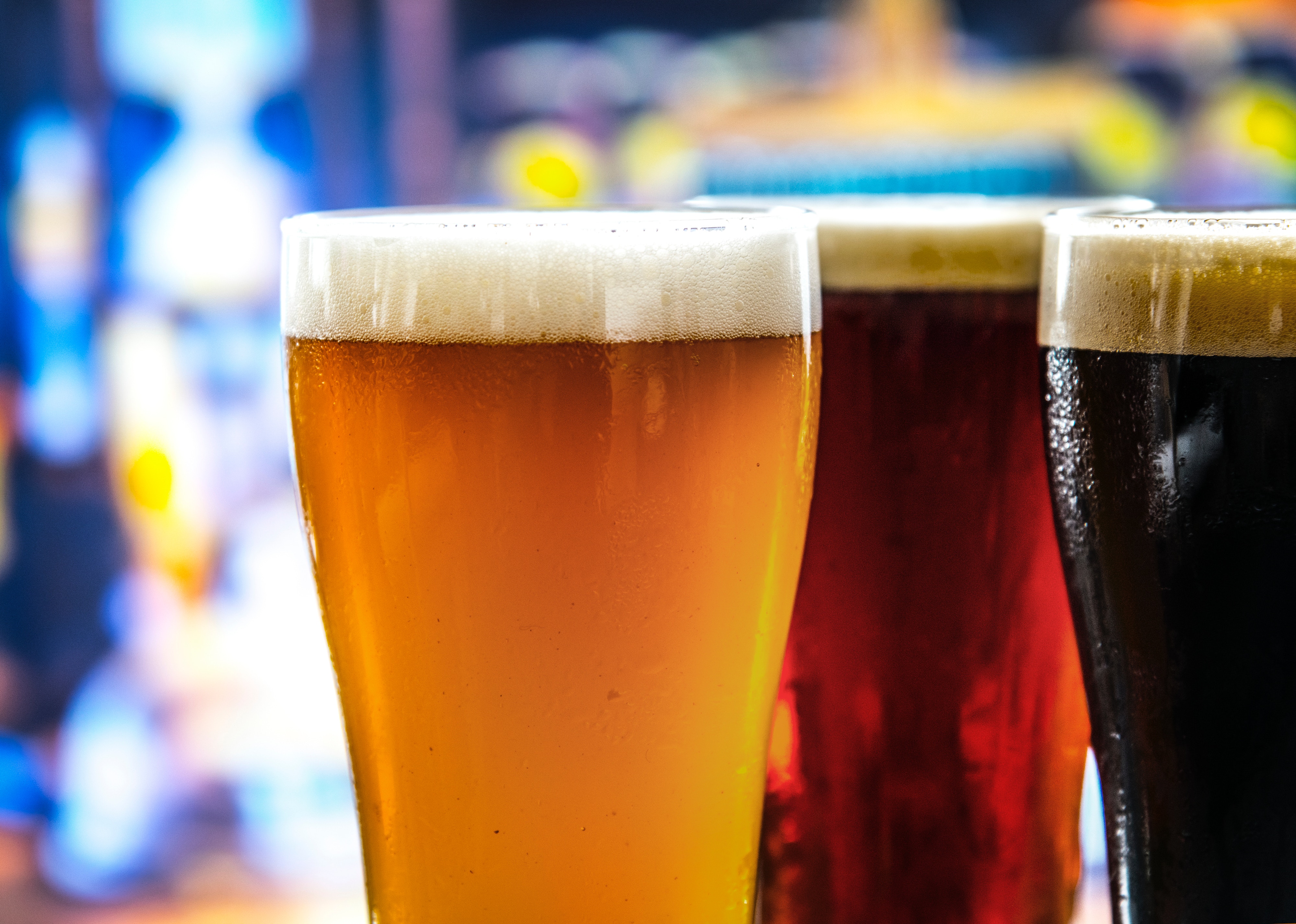
It’s time to raise the alcohol tax.
Yeah, yeah, this isn’t going to win me many friends at parties. But there’s a strong case this is something America should do. It’s a simple policy change that won’t significantly affect a huge amount of people (particularly those who drink more responsibly), but will save thousands of lives every year in the US.
To start, let’s put America’s problem with alcohol in context: As of 2010, the Centers for Disease Control and Prevention (CDC) estimated that excessive drinking causes 88,000 deaths each year in the US.
If you care about gun violence, or car crashes, or the current drug overdose crisis, or HIV/AIDS, you should care about alcohol — because alcohol’s annual death toll is higher than deaths due to guns, cars, drug overdoses, or HIV/AIDS ever have been in a single year in America.
There’s a good chance that the CDC’s estimate is an undercount. It’s eight years old at this point, and since then, at least some kinds of alcohol-related deaths have increased too. Some experts have told me that they would not be surprised if the annual death toll linked to alcohol is now above 100,000.
And the death toll only captures part of the concern with alcohol. Addiction, domestic violence, sexual assault, and other linked crime and health problems are also significant.
Dealing with these problems doesn’t require going back to Prohibition. The evidence, instead, shows that an alcohol tax would go a long way.
“The alcohol excise tax is one of the most studied areas in terms of alcohol policy,” Traci Toomey, an epidemiologist focused on alcohol policy at the University of Minnesota, told me. “The preponderance of the research evidence, looking at the best studies, suggests that … as the price of alcohol goes up, we would expect a range of problems to decrease, and vice versa.”
Based on the research, a higher alcohol tax would reduce drinking and likely excessive drinking in particular, saving thousands of lives and preventing all sorts of crime and public health problems. This research dates back years, and there’s a lot of it, Toomey said, making a tax hike one of the most evidence-backed ideas in alcohol policy.
Yet Congress has moved in the opposite direction in recent years. In the tax law passed last year by Republicans in the House and Senate, a slew of changes effectively cut the alcohol tax by 16 percent, according to an analysis by Adam Looney at the Brookings Institution. Looney estimated that “the legislation will cause … approximately 1,550 total alcohol-related deaths annually from all causes.”
The measure followed years of the alcohol tax getting little attention from state and federal policymakers. Taxes have been in place for decades at both the federal and state level, but they have been so neglected for decades that they haven’t even kept up with inflation and general increases in income.
For Americans, this means that alcohol is cheaper. But it also means that more of us are dying and suffering as a result.
The research is clear: a higher alcohol tax would save lives
Since the end of Prohibition, the federal government and states have imposed taxes on alcohol. The taxes are usually broken down between beer, wine, and spirits. They’re typically excise taxes that add a certain amount — say, 10 cents — to a specified amount of a drink or product, although some places, like Maryland, also have a percent-based sales tax in place.
The research on the effects of those taxes points to one conclusion.
“The literature is really overwhelming,” Alex Wagenaar, a researcher at Emory University who’s studied alcohol policy for years, told me. “The tax influences how much people buy and how much people drink, and that ripples then through to the burden of alcohol-related disease and injury on our society.”
It’s not just a few studies. Wagenaar noted that people have been “looking at this for half a century.” Scientists who have aggregated the studies in those decades have reported good results for the alcohol tax.
One of the best reviews of the evidence comes from David Roodman, a senior adviser and researcher for the Open Philanthropy Project. Roodman’s analysis found that the “literature on this topic is large,” and that “the preponderance of the evidence says that higher prices do correlate with less drinking and lower incidence of problems such as cirrhosis deaths.” Most importantly, he concluded that “a 10% price increase would cut the death rate [from alcohol-caused diseases by] 9-25%. For the US in 2010, this represents 2,000-6,000 averted deaths/year.”
To put it another way, increasing the cost of a six-pack of Bud Light by 50 cents — and other drinks by similar levels — would probably save thousands of lives every single year.
This is a conservative estimate. It counts only deaths from alcohol-caused diseases. The number of saved lives would be higher if it accounted for alcohol-related deaths due to violence, car crashes, and other problems.
In those other areas, a 2010 review of the research from Wagenaar, Amy Tobler, and Kelli Komro, published in the American Journal of Public Health, offered promising evidence: It found that “doubling the alcohol tax would reduce alcohol-related mortality by an average of 35%, traffic crash deaths by 11%, sexually transmitted disease by 6%, violence by 2%, and crime by 1.4%.” (Doubling the tax might sound like a lot, but in some jurisdictions, that could involve raising the price by as little as 10 cents a drink.)
Another review of the research, from the Task Force on Community Preventive Services in 2010, reached similar conclusions:
Nearly all studies, including those with different study designs, found that there was an inverse relationship between the tax or price of alcohol and indices of excessive drinking or alcohol-related health outcomes. Among studies restricted to underage populations, most found that increased taxes were also significantly associated with reduced consumption and alcohol-related harms.
Mark Kleiman, a drug and criminal justice policy expert at New York University’s Marron Institute, argues that the research on the alcohol tax is very clear.
“The single most effective thing you can to reduce crime right away is to raise the price of alcohol,” he told me. “If you talk either about crime policy or drug policy, that’s got to be the No. 1 recommendation — just because it’s so easy. It doesn’t cost you anything. You don’t have to kick in anybody’s door. You just have to change a number in the tax code and crime goes down.”
As Kleiman noted, one of the most remarkable aspects of the alcohol tax is how simple it is. It doesn’t require setting up a new police agency, building new facilities that will be used to enforce the law, or changing a bunch of regulations. The infrastructure for a higher alcohol tax is already there in the tax code, ready to be used by lawmakers.
Alcohol taxes lost a lot of value due to inflation
Alcohol taxes have decreased over the past few decades. That’s not just because lawmakers have cut the taxes, but because state and federal taxes haven’t kept up with inflation.
A 2013 study, published in the American Journal of Preventive Medicine, calculated how much alcohol costs relative to people’s income:
One drink per day of the cheapest brand of spirits required 0.29% of U.S. mean per capita disposable income in 2011 as compared to 1.02% in 1980, 2.24% in 1970, 3.61% in 1960, and 4.46% in 1950. One drink per day of a popular beer required 0.96% of income in 2010 compared to 4.87% in 1950, whereas a low-priced wine in 2011 required 0.36% of income compared to 1.05% in 1978.
The study found that most of the effective price drop was due to inflation overwhelming alcohol taxes, making it so the taxes were one-sixth to one-third of their inflation-adjusted value in the early 2010s compared to the 1950s.
In other words, alcohol is extremely cheap nowadays, compared to the historical average, and low taxes are largely to blame.
“Following Prohibition, taxes were put on that were pretty substantial, especially on liquor but on beer and wine as well,” William Kerr, a senior scientist at the Alcohol Research Group and lead author of the 2013 study, told me. “But starting in the ’60s, the updates didn’t happen, either federally or [in the] states. And starting in the late ’60s and especially in the ’70s, there was really high inflation. So that was the transition from high taxes to lower.”
An alcohol tax increase, then, could amount to simply going back to the rates of the 1950s, and then pegging the rates to inflation so they don’t lose value over time. In that context, perhaps the idea isn’t so radical.
A higher tax would likely impact heavy drinkers the most
A common argument against the alcohol tax is that it punishes everyone, even those who don’t drink excessively. While it is true that a general price increase will affect everyone to some degree, the alcohol tax is structured in such a way that the great majority of people who drink responsibly will barely feel it.
Research backs this up. According to another 2013 study published in the American Journal of Preventive Medicine, higher-risk drinkers would pay nearly 83 percent of an effective tax increase if the alcohol tax was increased by 25 cents per drink. Other studies have reached similar conclusions.
There’s a simple logic for this: Imagine if the alcohol tax was increased by 25 cents per drink. For someone who drinks casually — say, one drink a day, or seven drinks a week — that would amount to $1.75 more a week, or about $91 more a year. It’s not nothing, but it’s not a huge amount.
But if someone drinks heavily — say, 10 drinks a day, or 70 drinks a week — that would amount to $17.50 a week or around $910 a year. That’s much, much more significant.
“Casual drinkers aren’t spending enough on booze to care,” Kleiman explained. “But the guy who’s spending half his income on booze cares.”
Still, there is a catch. “Heavy drinkers are really motivated, so even if it is having an impact, they might look for ways around it,” Kerr said. So a heavy drinker could find a cheaper product, or start drinking more from home instead of a bar. “But, even so, it’s going to end up impacting the amount to some degree for some of them.”
To the extent that a higher alcohol tax does impact more casual drinkers, it’s important to consider, Wagenaar argued, that excessive drinkers already impose some costs on those who drink less. The CDC estimated that, in 2010, the economic costs of excessive drinking totaled $249 billion, or $2.05 a drink. The impact is felt across society through more crime, drunk driving, health problems, and more — and casual drinkers are already paying for it, without a higher tax that disproportionately hits heavy drinkers recouping or preventing the costs.
“Why should taxpayers that drink lightly or not at all be subsidizing the heavy drinkers? That’s the situation that we have now, with the taxes being as low as they are,” Wagenaar said.
At the same time, heavier drinkers also stand to benefit from a tax. Because they drink so much, they’re more likely to expose themselves to alcohol’s risk. If a tax gets them to cut back on their drinking, their risk exposure is reduced — so their lives are extended. “They’re experiencing those benefits disproportionately,” Wagenaar argued.
The tax may hit low-income people more, but benefit them more too
Another typical argument against a higher alcohol tax is that it disproportionately hurts low-income people. This is generally true with consumption taxes: If a person has to pay a dollar more for something, that dollar will mean more if that person makes $10 an hour instead of $40 an hour at work.
With alcohol, though, the story is a bit more complicated. People are more likely to drink as they get wealthier, based on surveys. This makes sense: As people get more expendable income, they’re more likely to buy luxury items like alcohol. So a higher alcohol tax does not have as much of a disproportionate impact as one might assume.
To this end, a CDC study in 2016 found that higher-income people would pay more in absolute dollar terms for a higher alcohol tax: “[A]fter a tax increase of $0.25 per drink, people earning less than $25,000 would pay an average additional cost of $11.64 per year, while those earning $75,000 or more would pay an additional $16.98 per year.”
That’s still a disproportionate impact, relative to income, for the lower-income people. But it’s also not a big impact to overall income for the average person — amounting to less than 0.1 percent of total income, on average, even for a person making less than $25,000 a year.
Lower-income people may be more affected by any kind of consumption tax, but that doesn’t necessarily mean that a higher alcohol tax is a net negative for them, because a higher alcohol tax could also produce disproportionate benefits for them too.
After all, if low-income communities are disproportionately affected by an alcohol tax, then that also means they’re more likely to see the positive effects of an alcohol tax, from better health to lower crime to fewer car crashes. Keith Humphreys, a drug policy expert at Stanford University, argued that those benefits need to be “priced in” with disproportionate costs.
Plus, revenue raised from a higher alcohol tax could go to programs that help low-income people. The Congressional Budget Office estimated in 2016 that a fairly modest alcohol tax proposal would raise about $70 billion over 10 years. That’s money that could go to a higher earned income tax credit, a larger child allowance, food and housing assistance, education, or addiction treatment.
Ideally, the alcohol tax wouldn’t bring in that much more revenue. That would imply that people are still drinking too much. But unlike, say, a tobacco tax and smoking, the goal is not to get drinking to zero. So there would always be some more revenue from a tax increase, and that money could be used for programs that would help low-income people more than a higher alcohol tax would cost them.
Continue reading the full article in Vox.
Originally published by Vox
More Updates
Work With Us
You change the world. We do the rest. Explore fiscal sponsorship at PHI.
Support Us
Together, we can accelerate our response to public health’s most critical issues.
Find Employment
Begin your career at the Public Health Institute.
